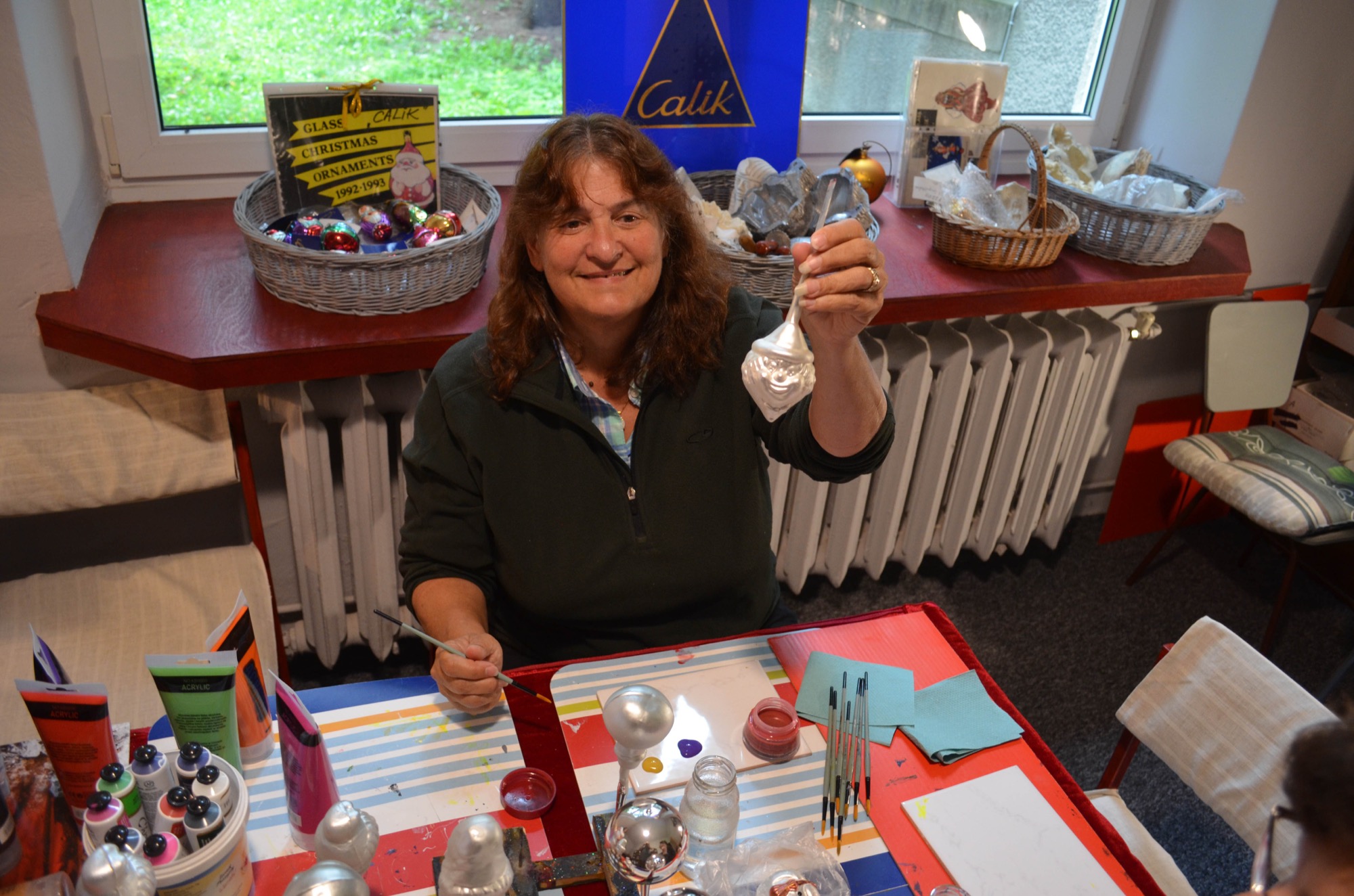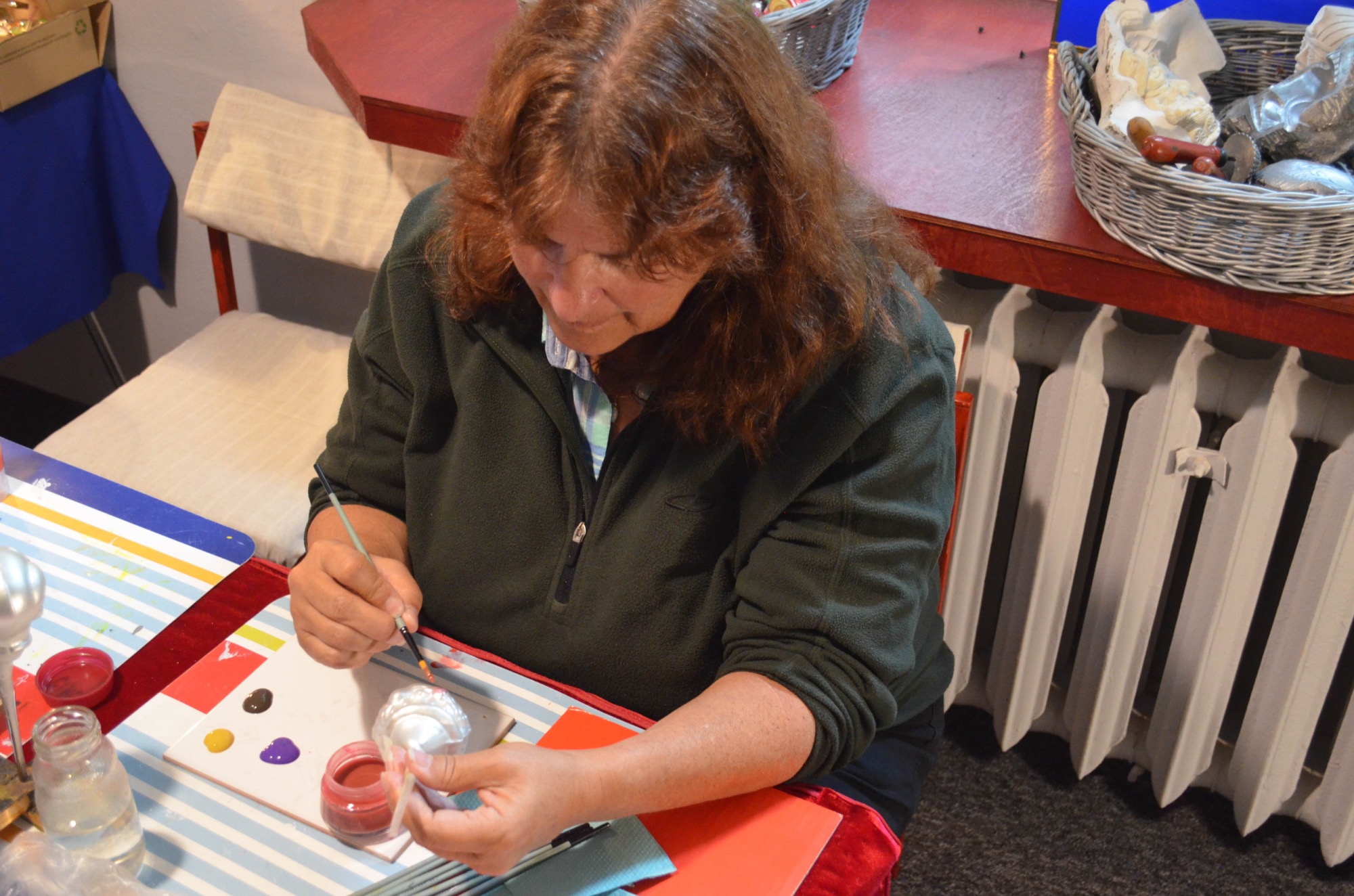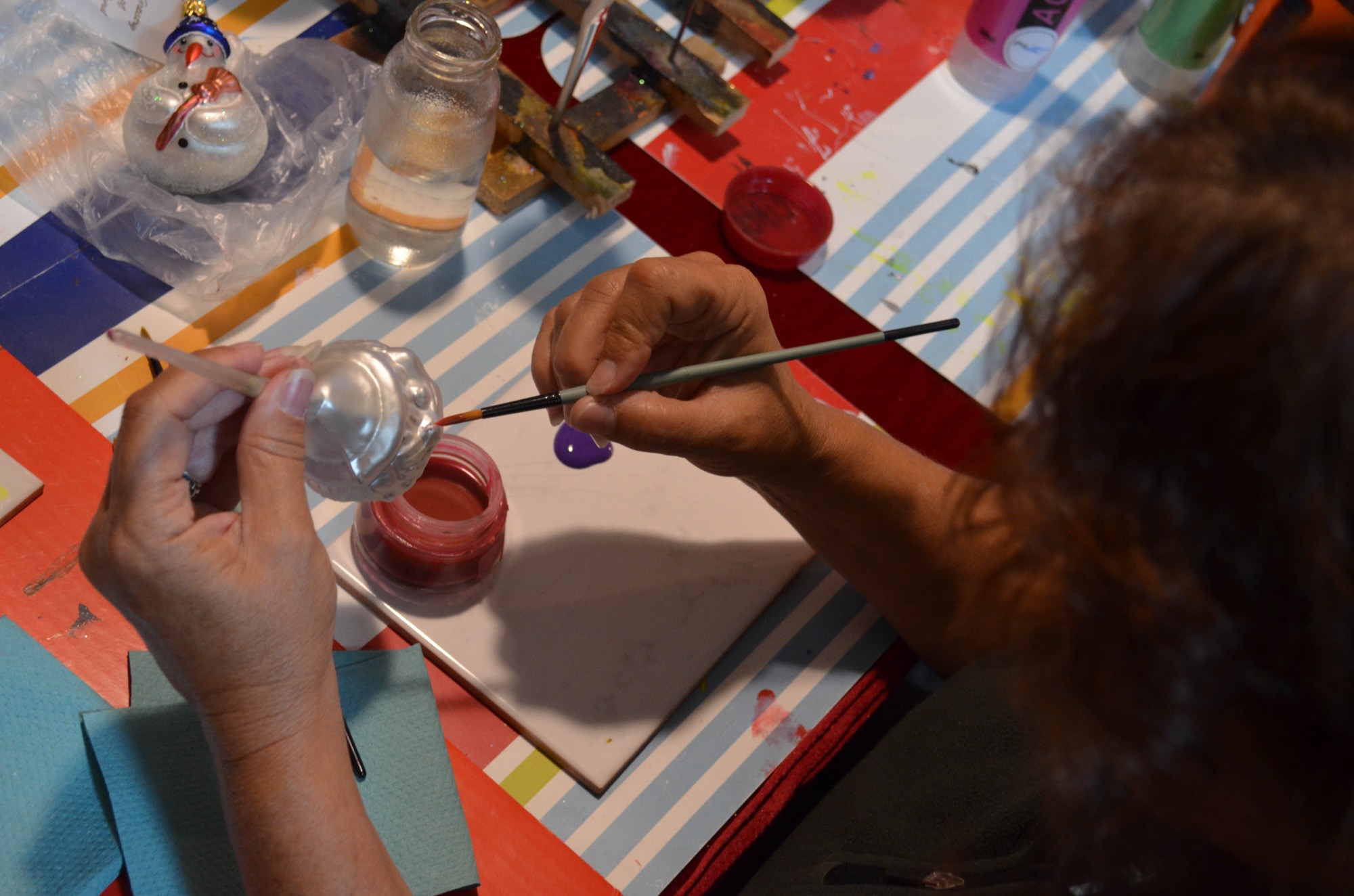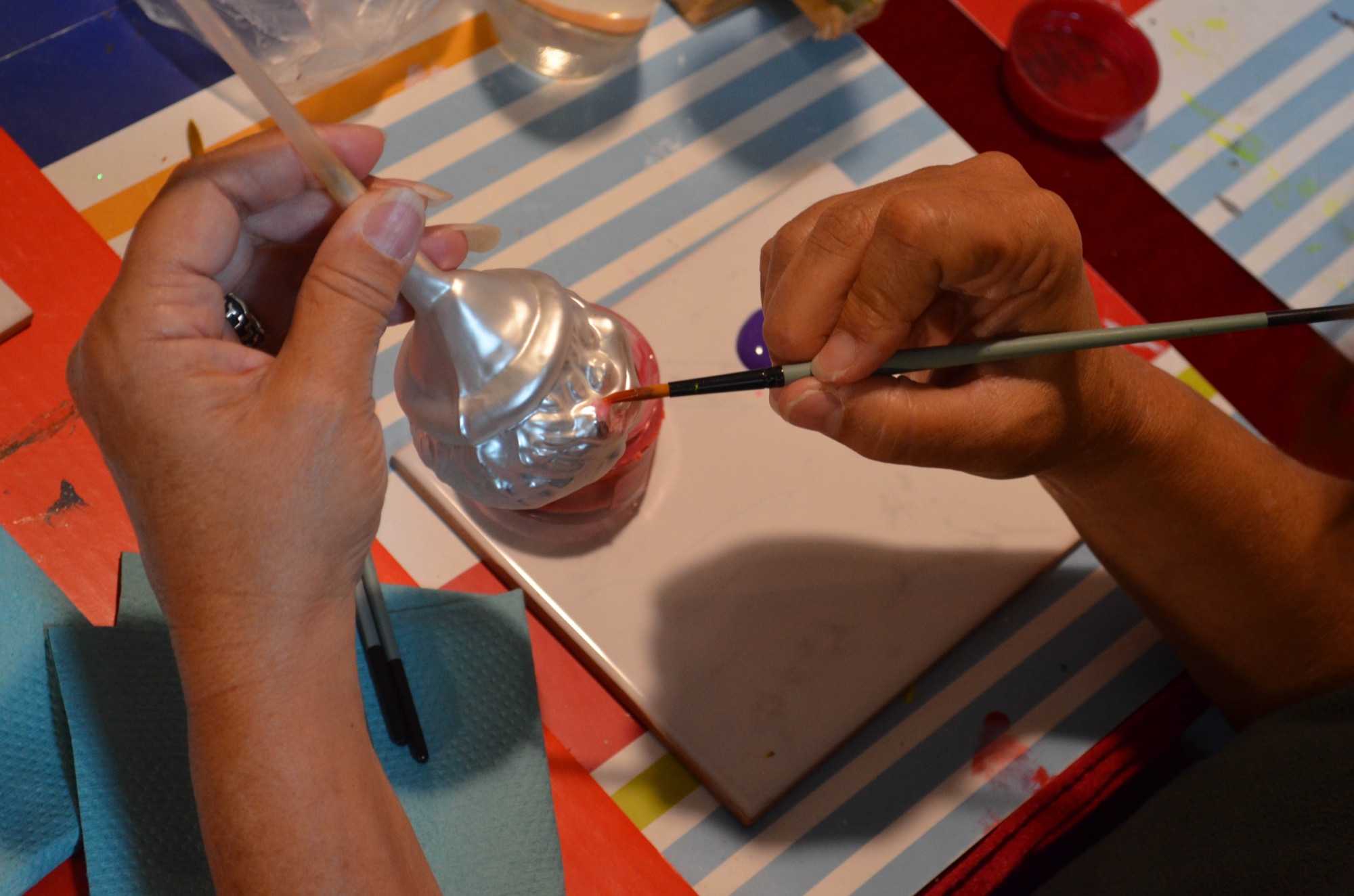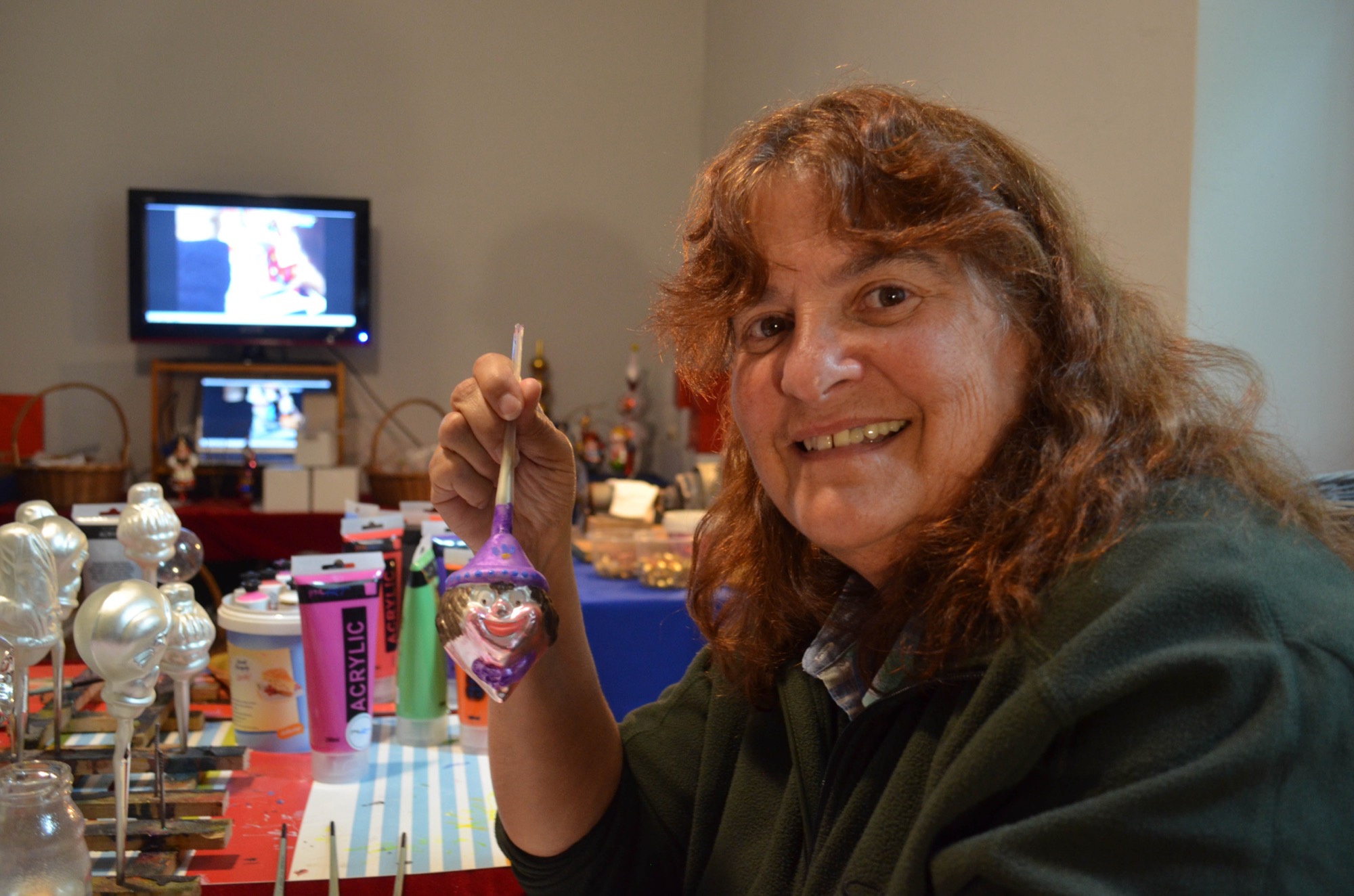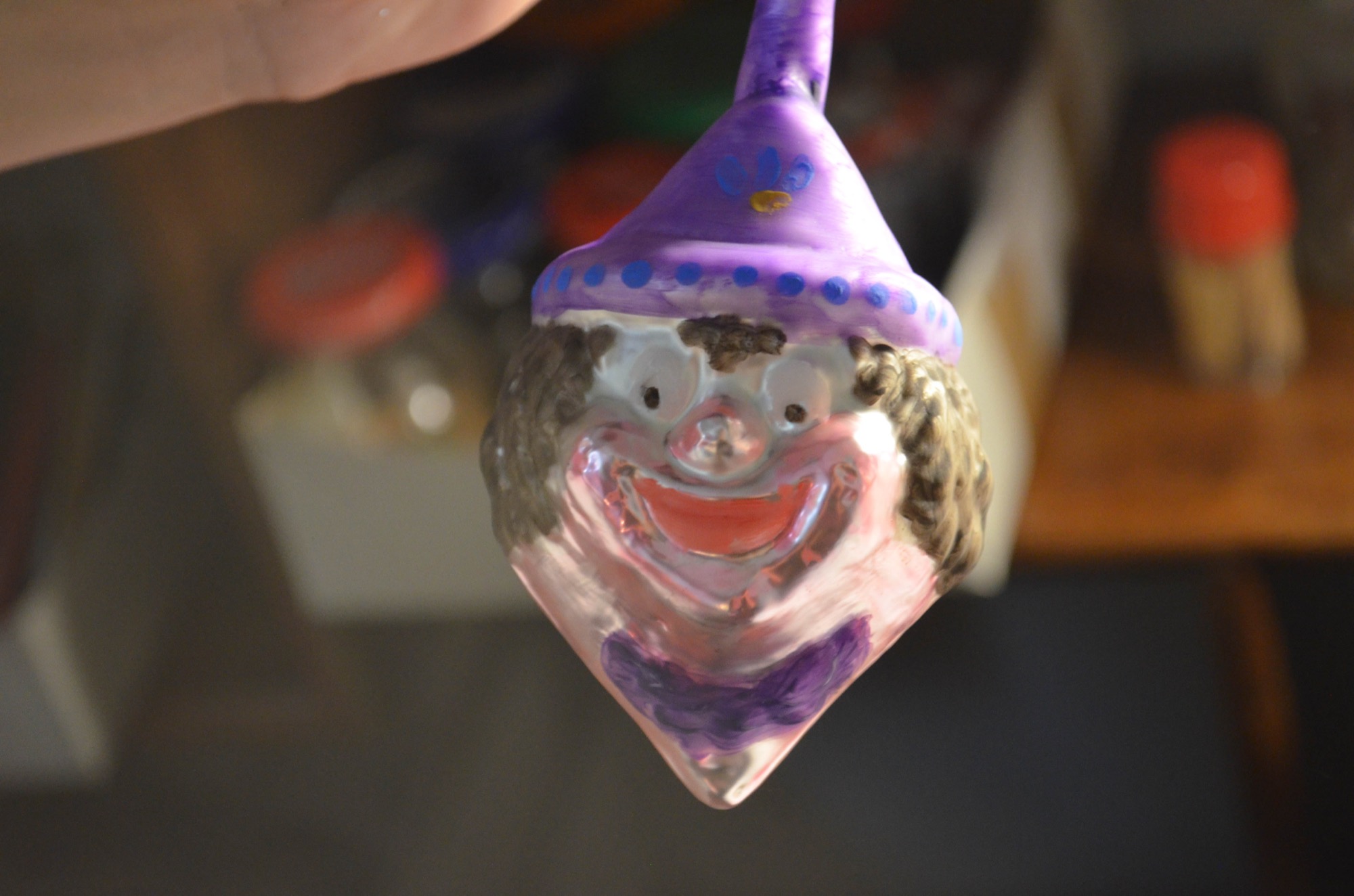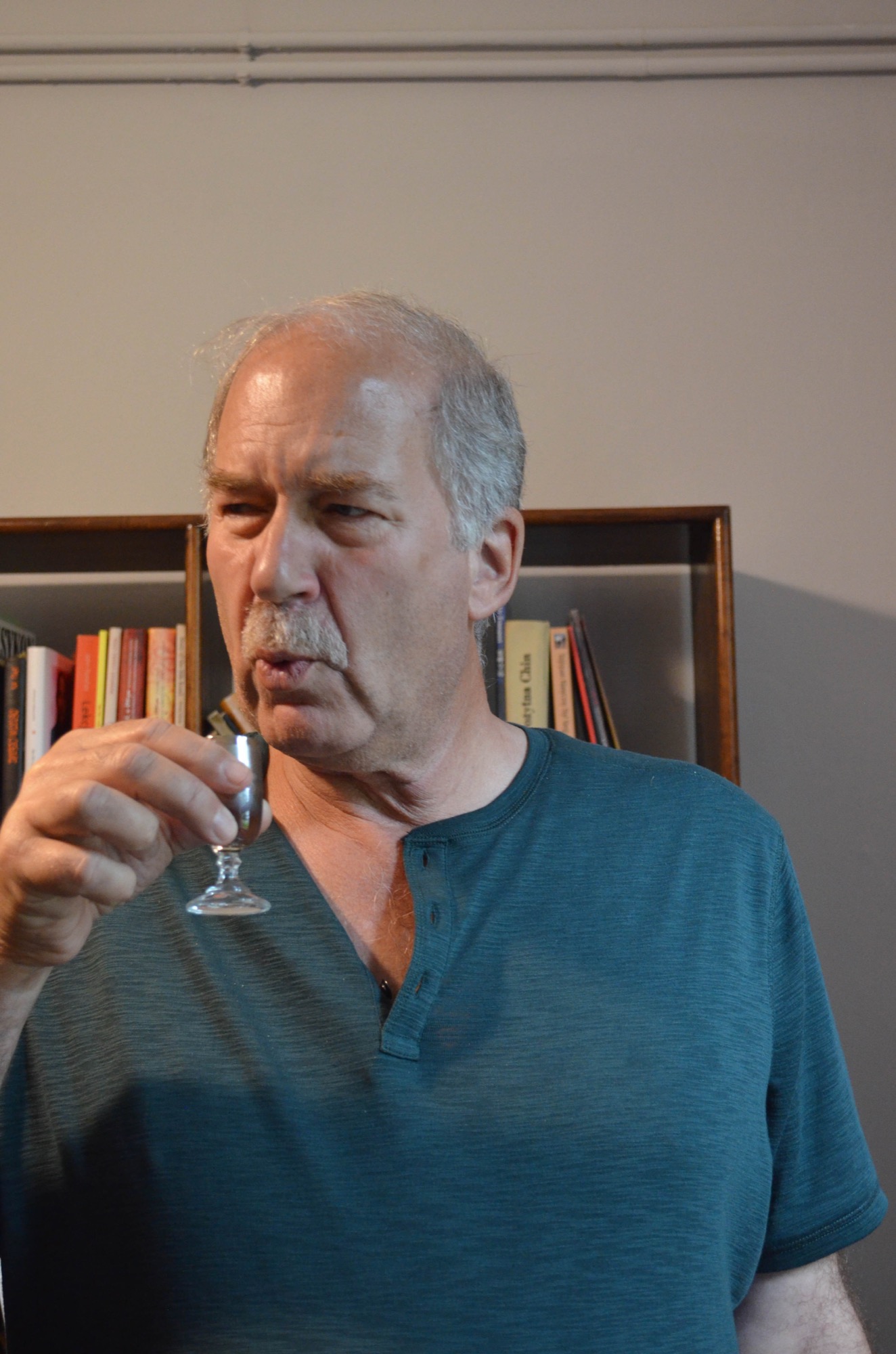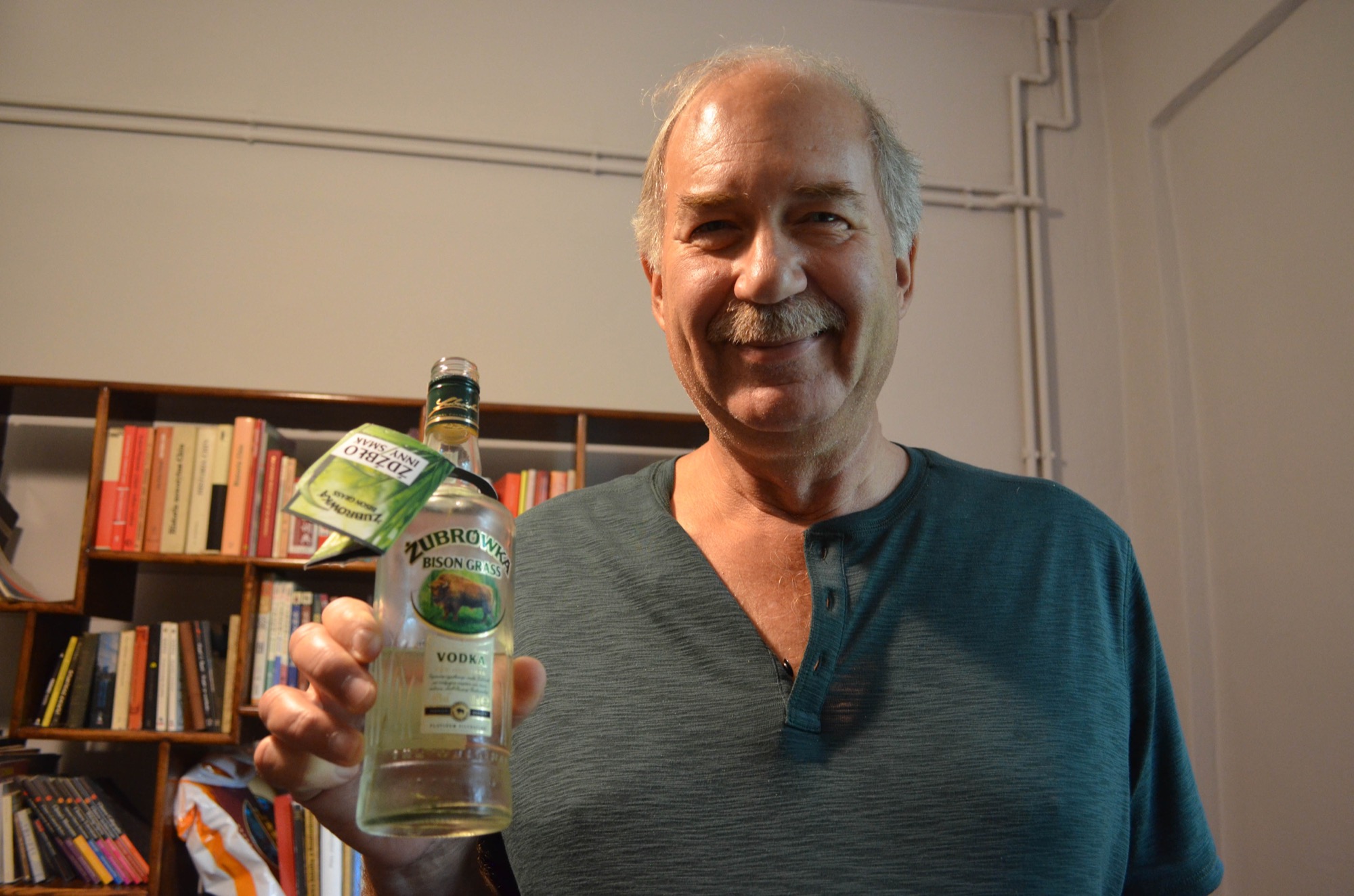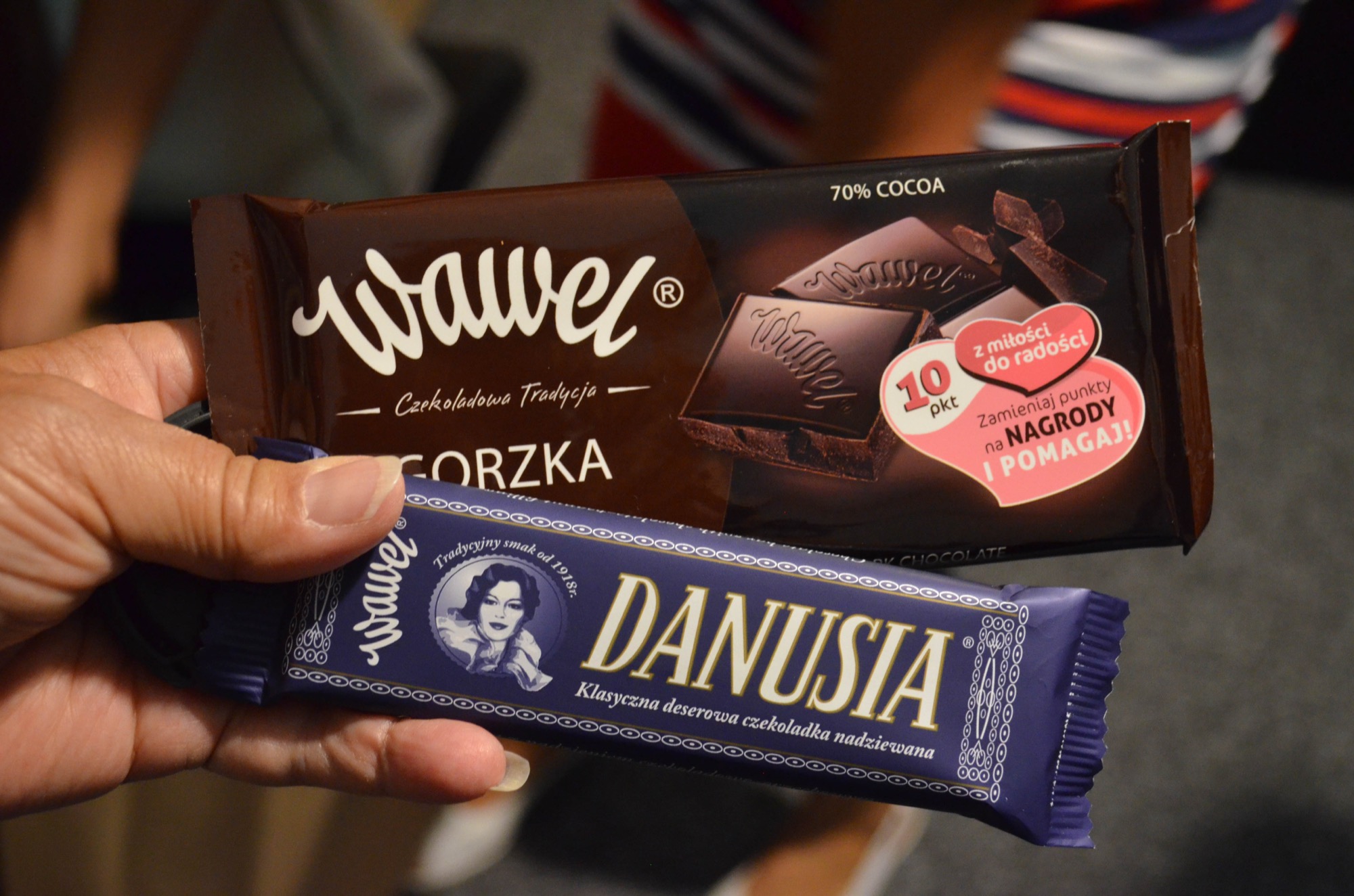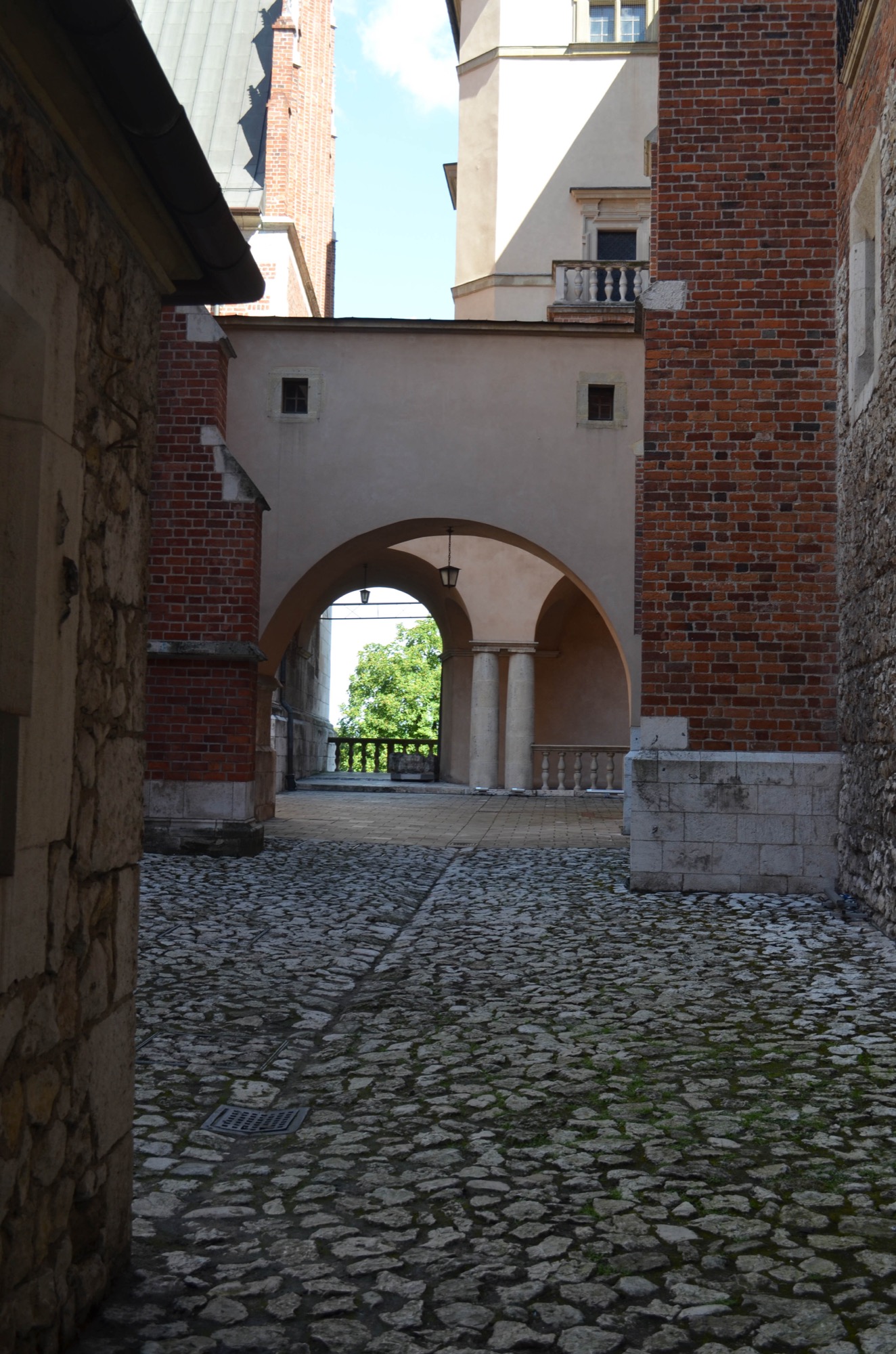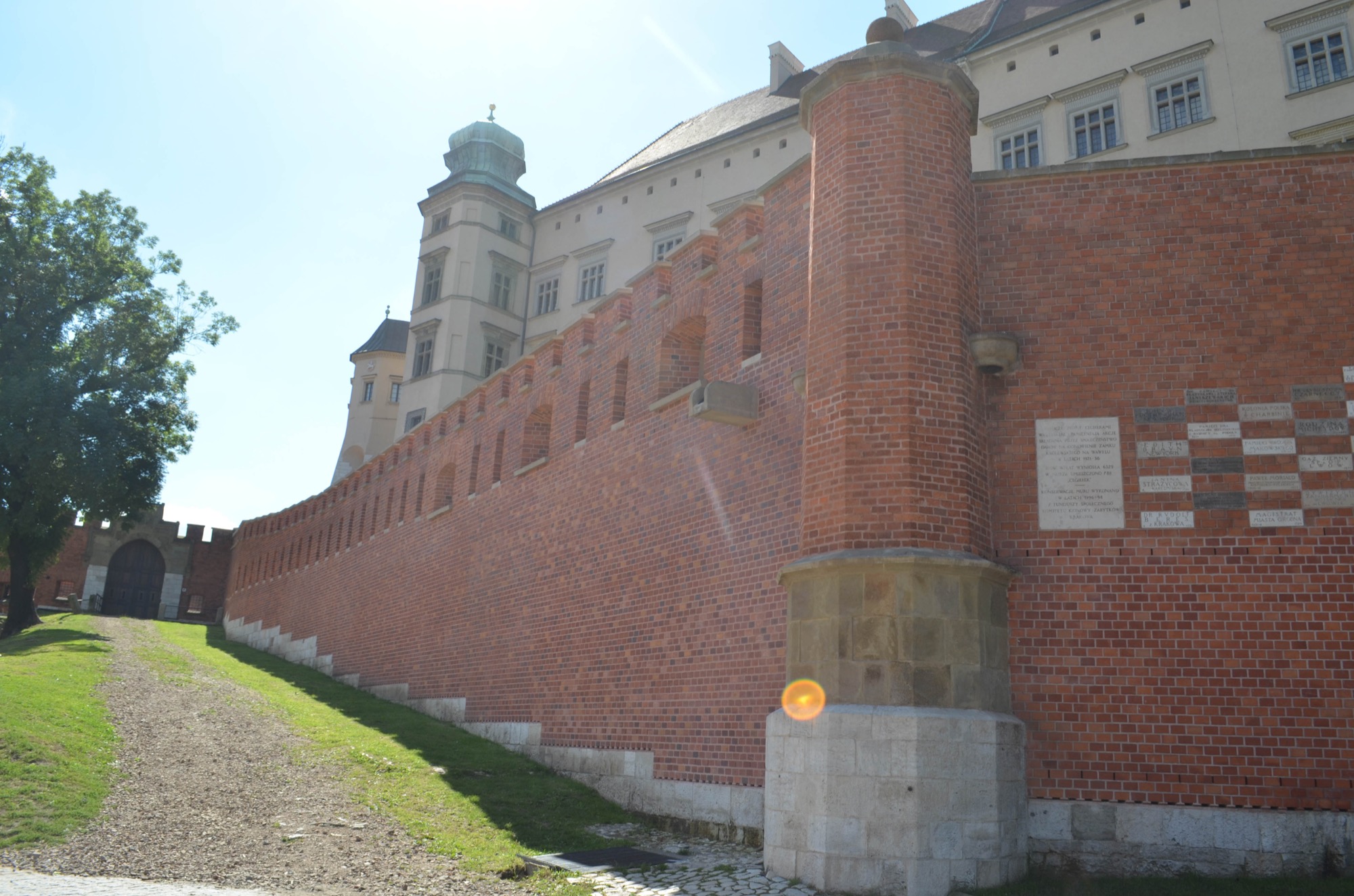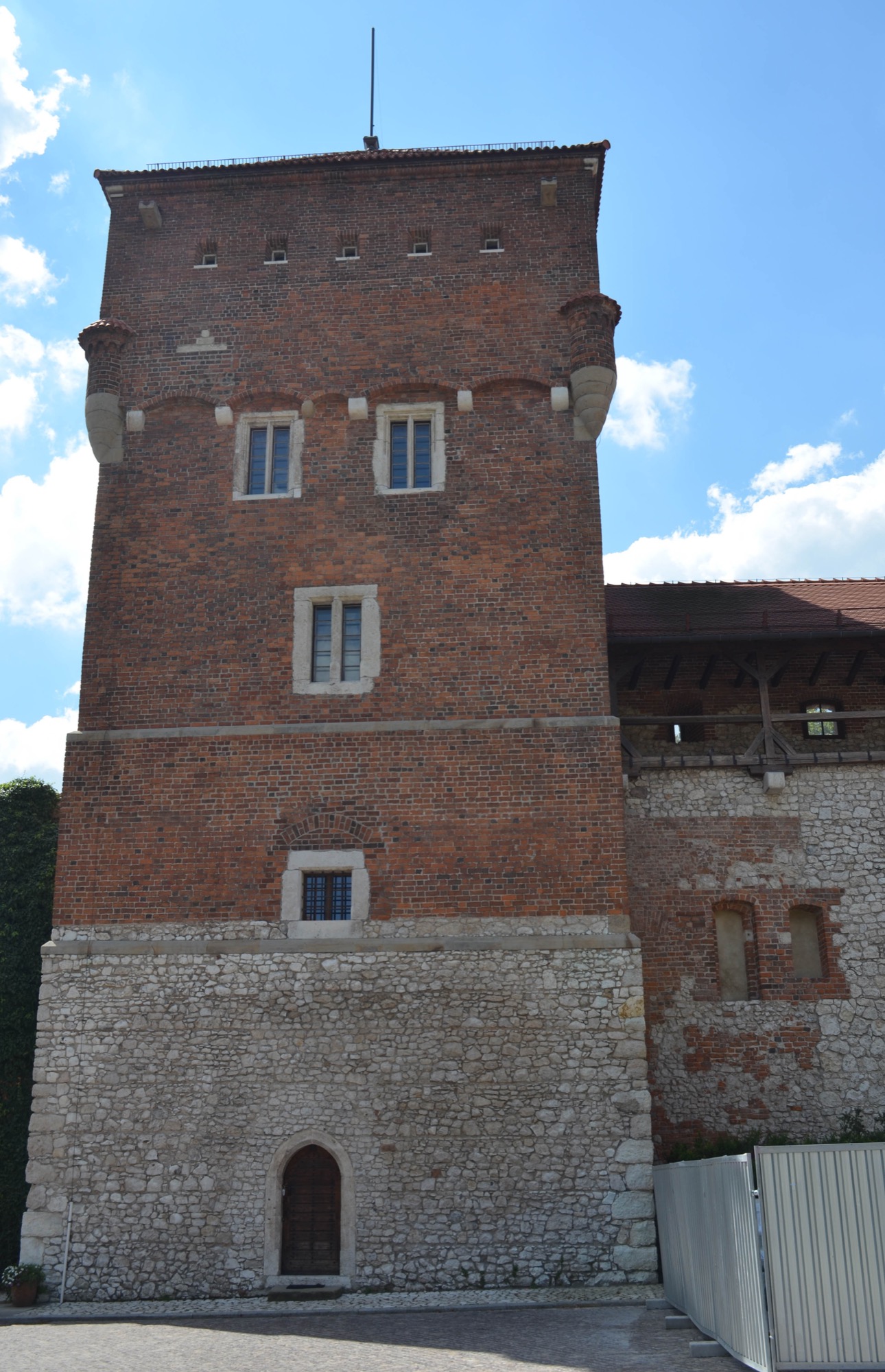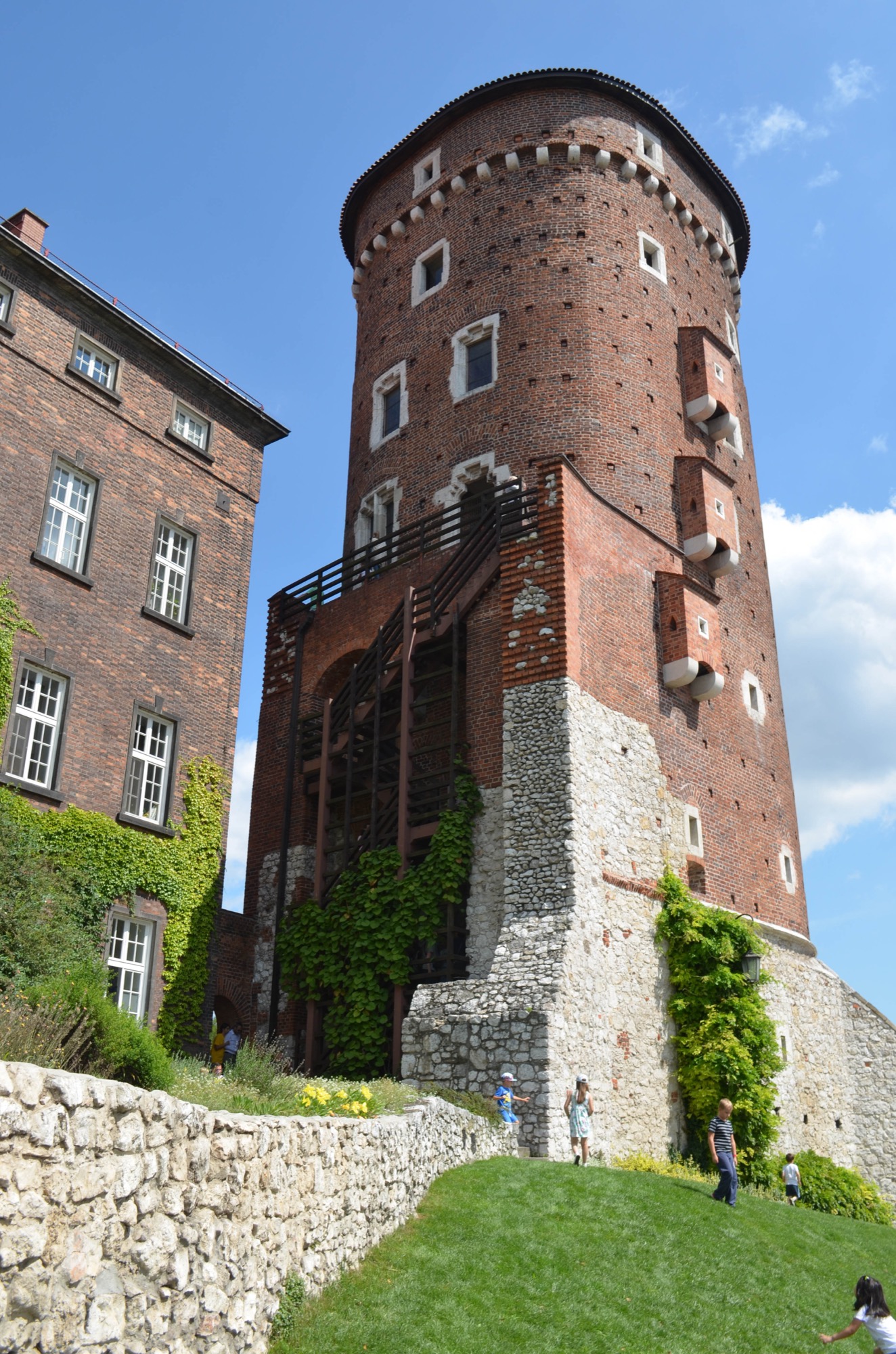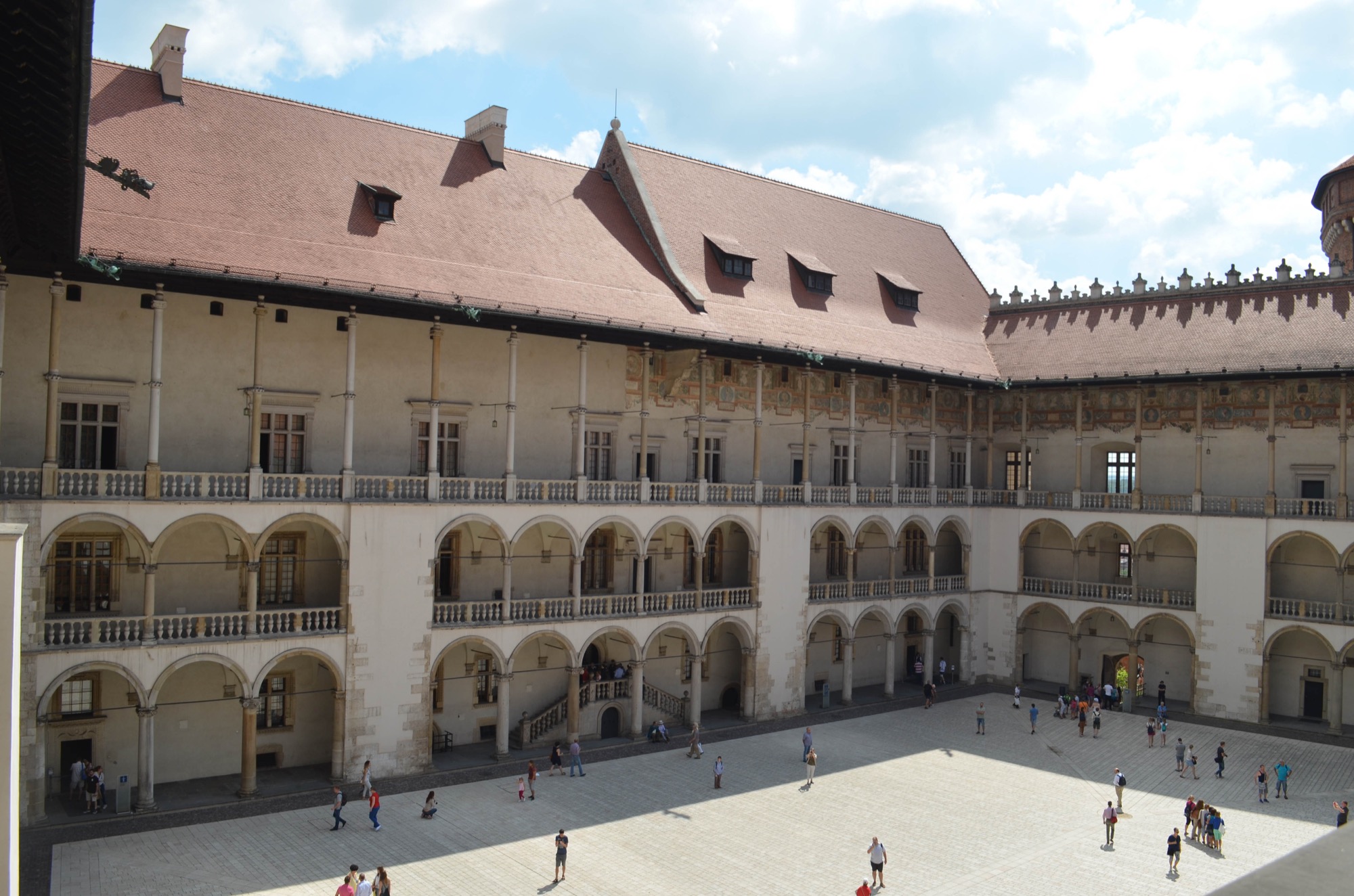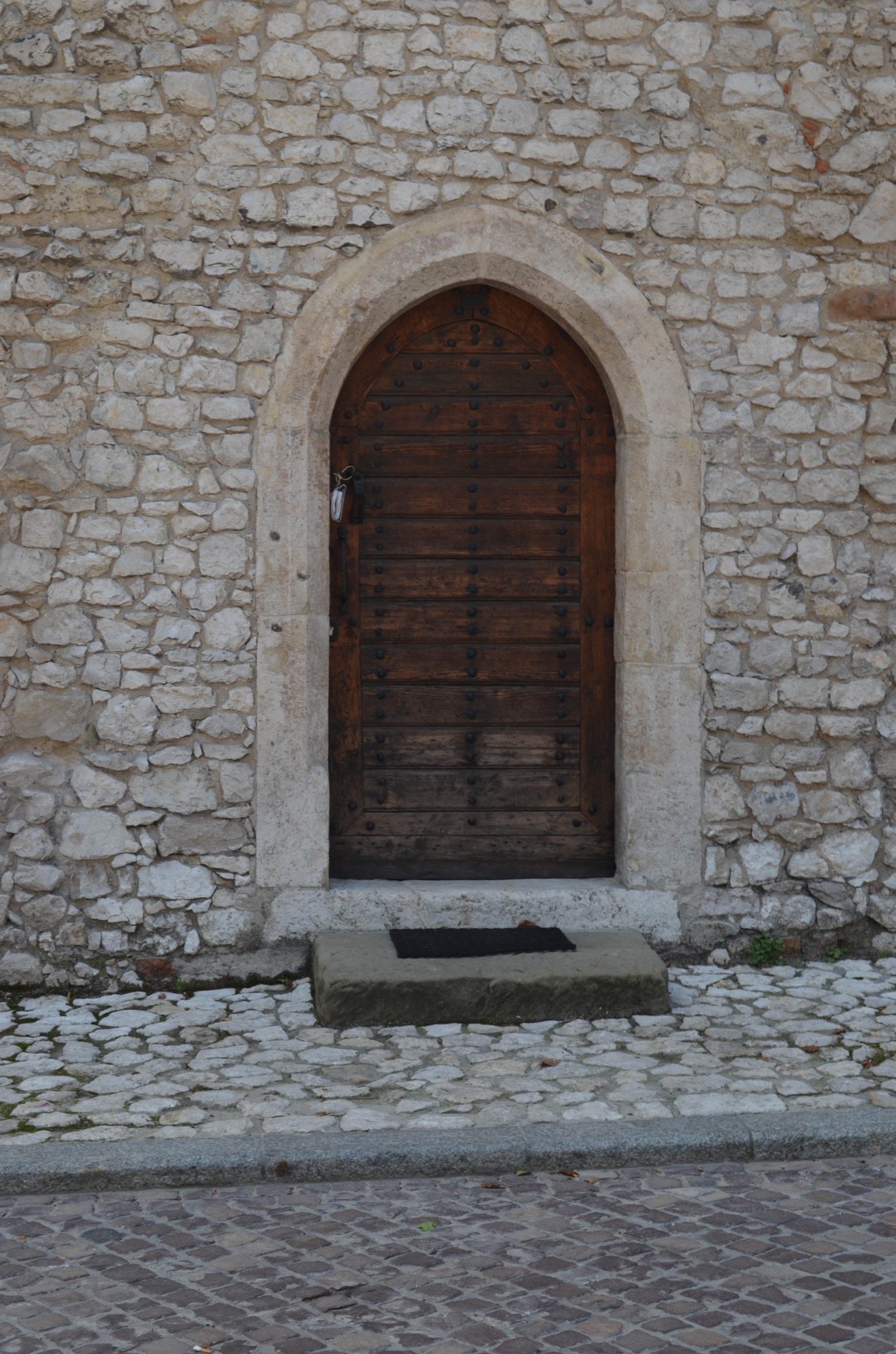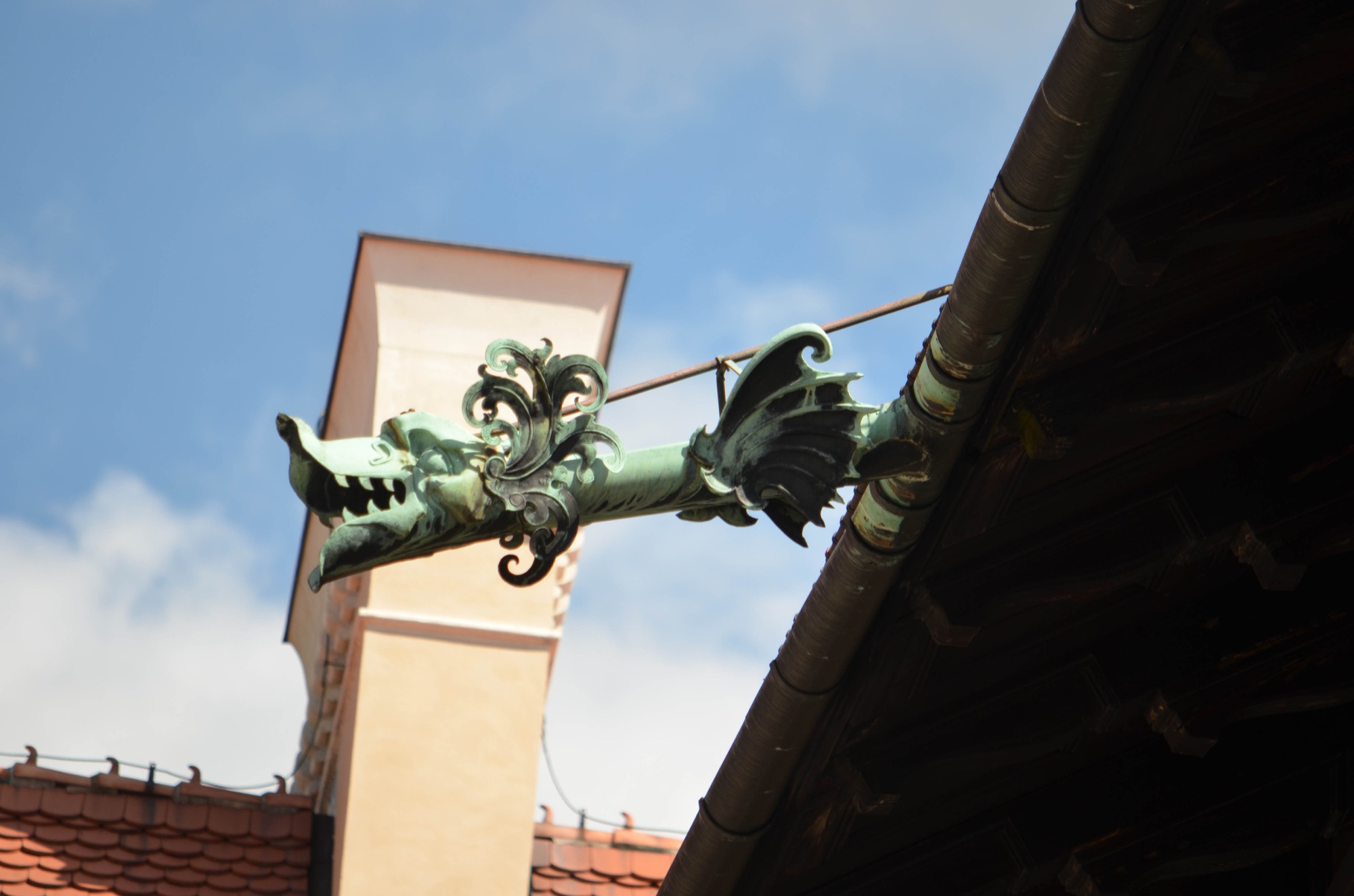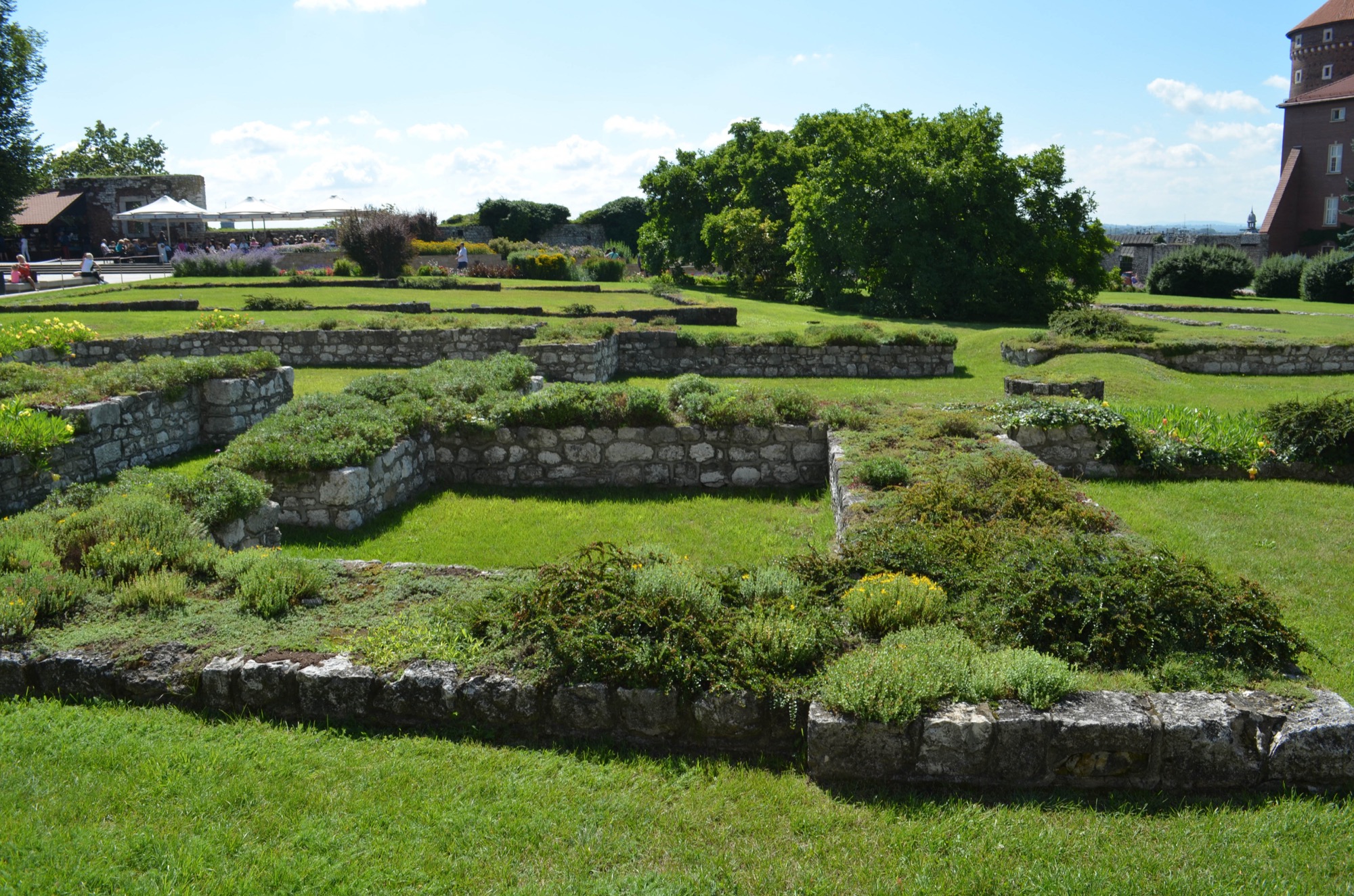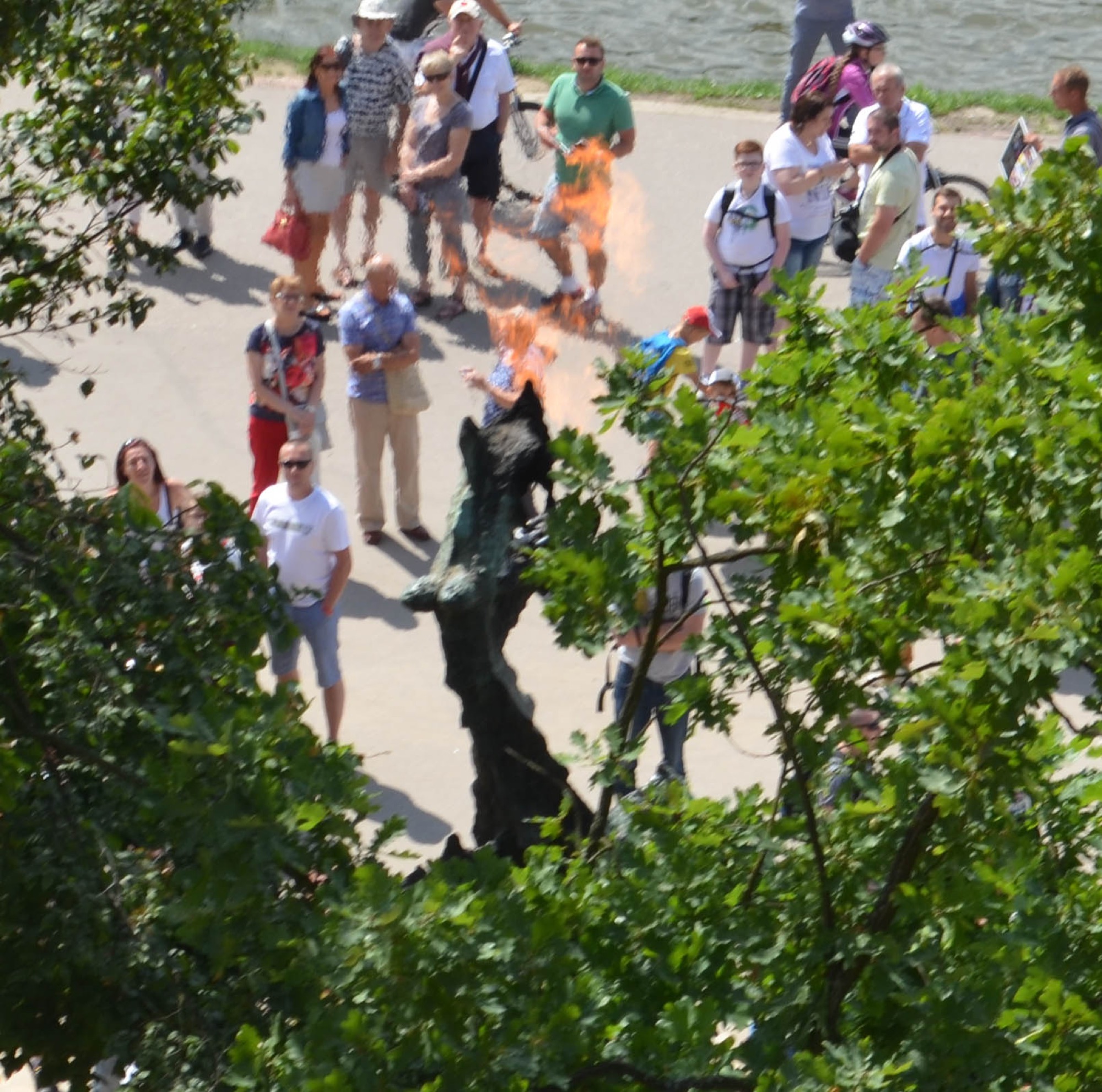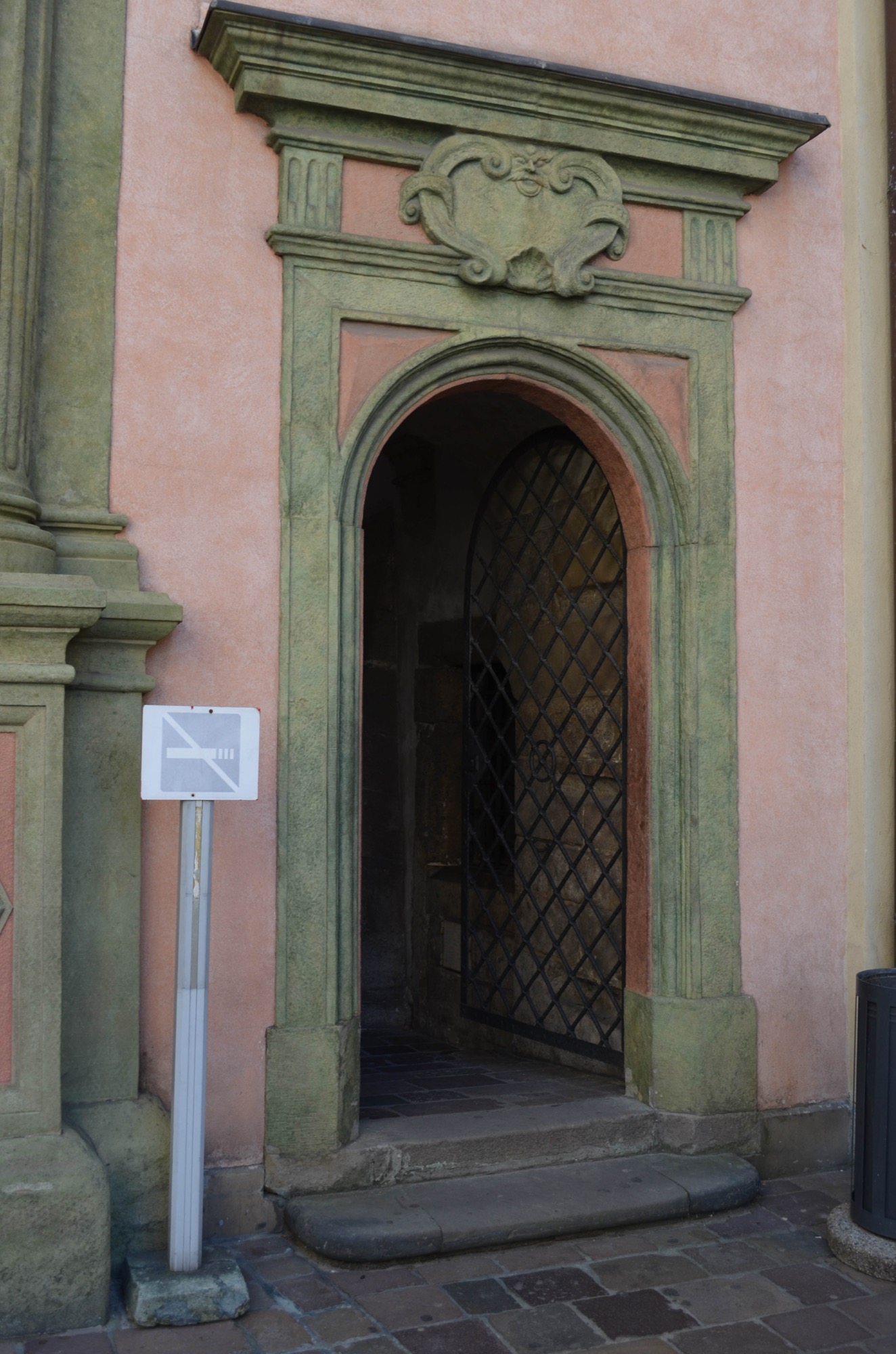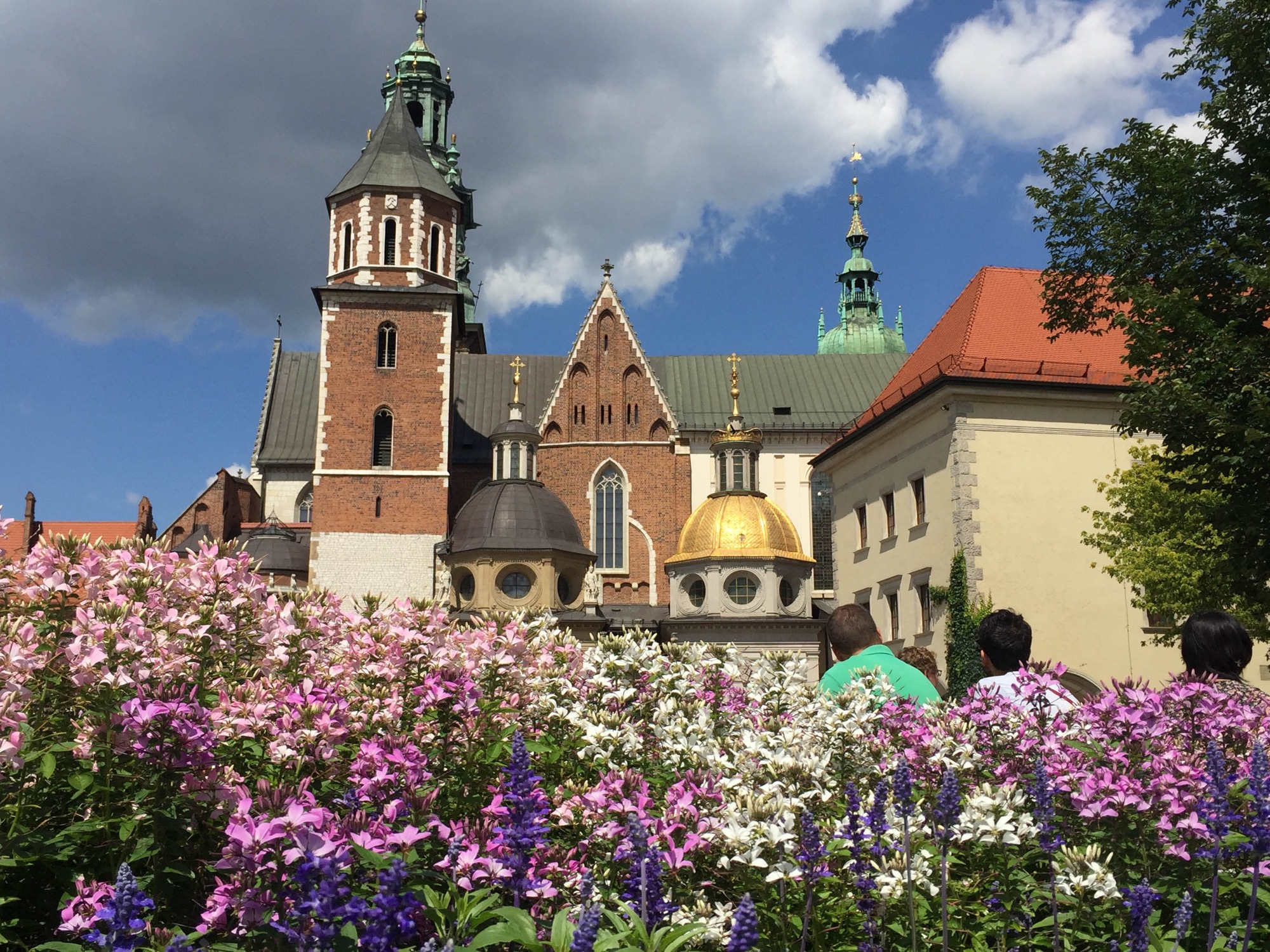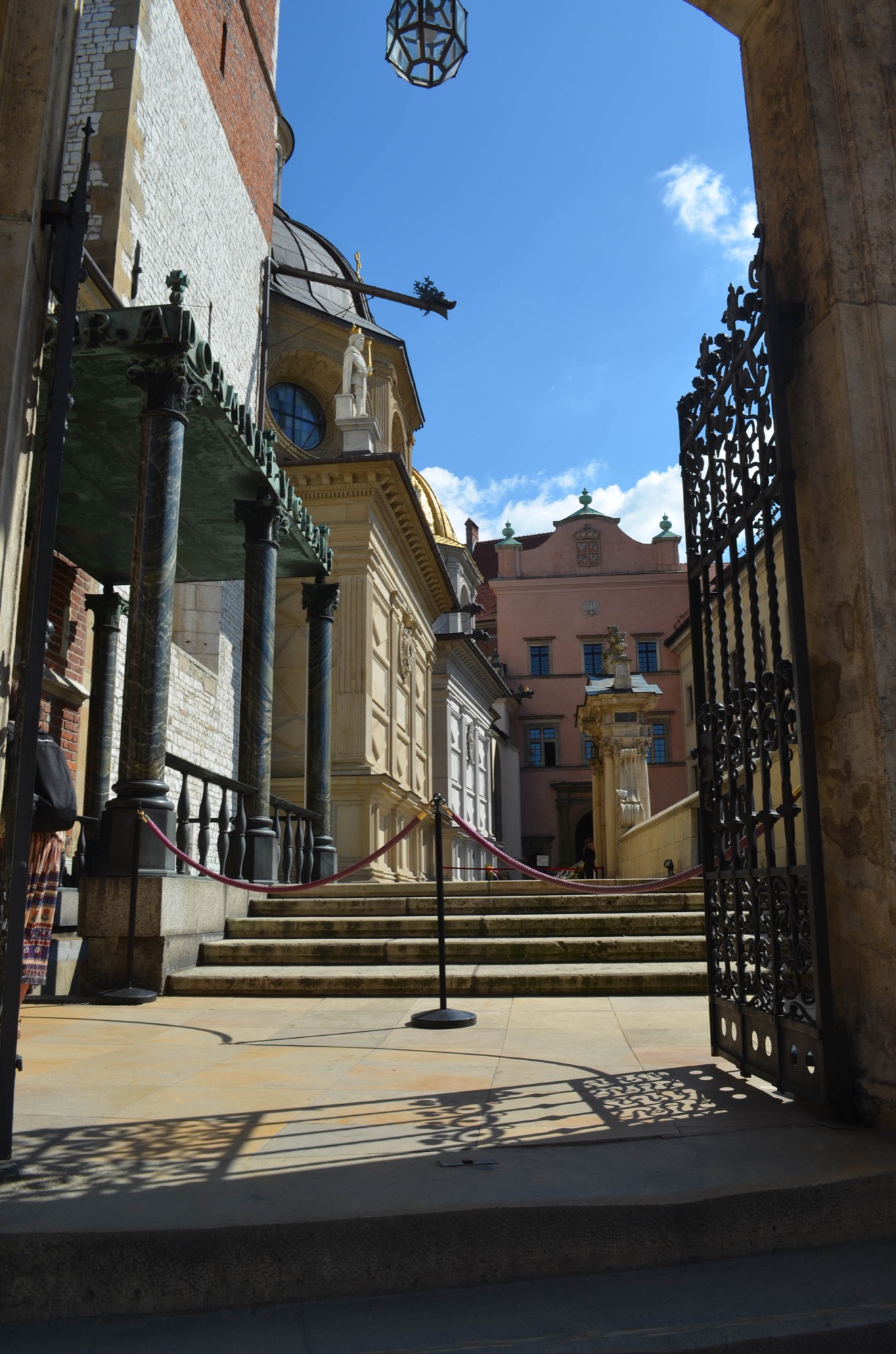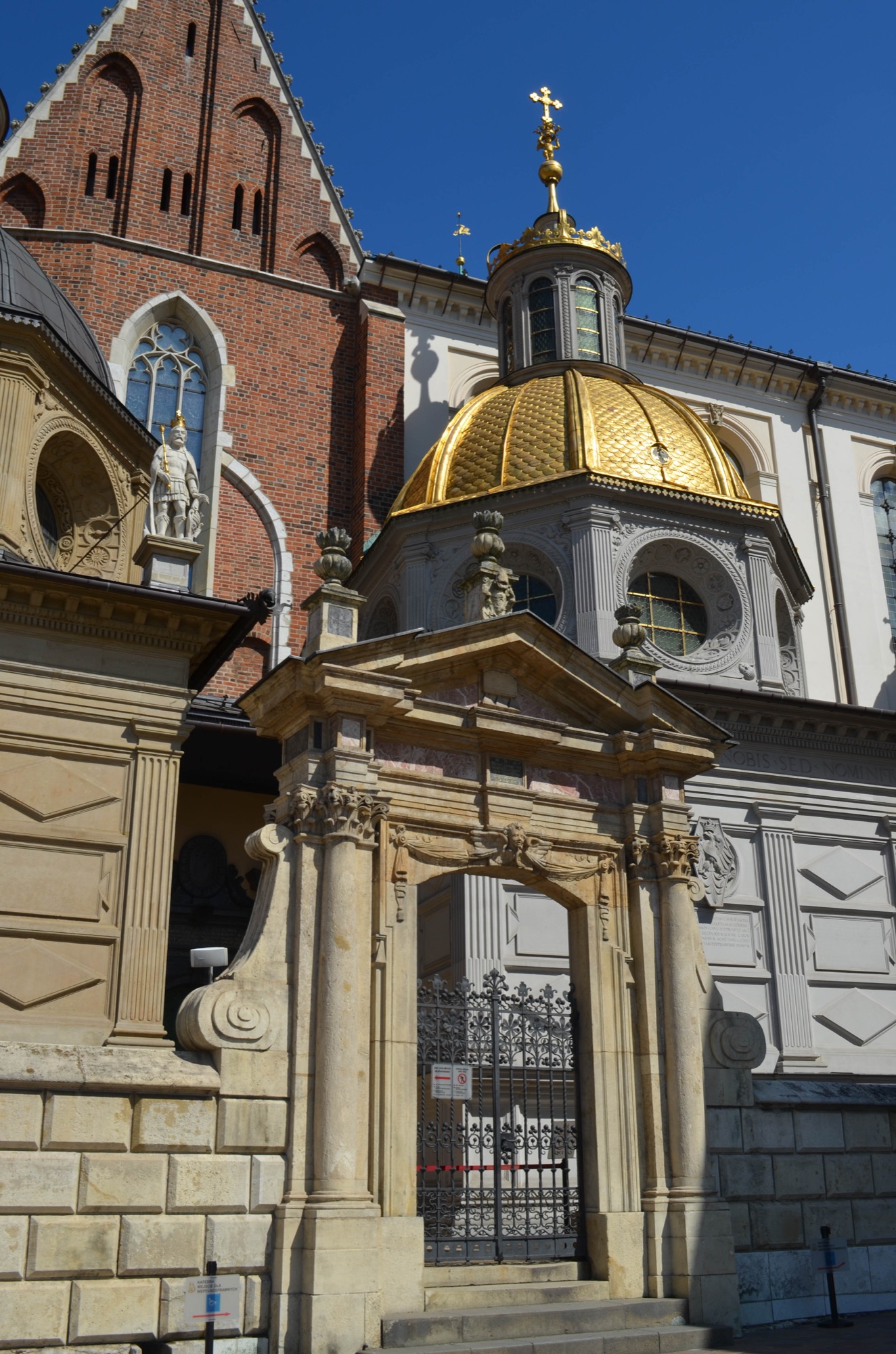The museum at Schindler's factory shows, through a series of moving interactive exhibits, how life changed in Krakow during the war years.
The focus of the museum, which was on everyday life under German occupation as well as the fate of the Jews, was vividly displayed through the use of photos, film clips, music, period artifacts, and multimedia displays. It truly felt like we were walking down the streets and looking over our shoulder for Nazis.
Some of the photos shown here contain ration coupons, notices hung throughout the city by the Nazis with their occupation rules, and some street signs that show the changes as Polish streets were renamed in German.
